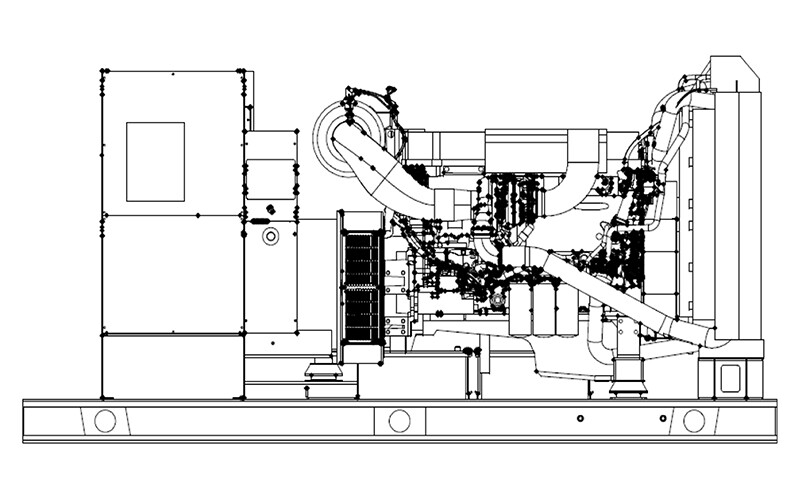Common Faults During Generator Operation
In today's industrial and domestic settings, generators have become indispensable equipment. With increasing demand, there's a growing emphasis on the performance, usage, and maintenance of generators. Therefore, besides regular technical and routine maintenance, it's crucial to understand and address common faults promptly.

Abnormal Bearing Noise
Abnormal bearing noise is one of the prevalent generator faults. After prolonged use, generators may develop unusual sounds from their bearings. While the generator can still produce power, the magnetic field in the coil strengthens with each watt of electricity generated, increasing the load on the bearings. To prevent further damage, it's advisable to promptly shut down non-essential functions, disconnect the generator's electrical lines, and initiate repairs.
Brush Polishing and Wear
Brush polishing and wear are also common generator faults. During operation, if voltage drops or the charging indicator light fails to illuminate after the engine is turned off, it could be due to brush polishing. Polished brushes prevent the establishment of the rotor's magnetic field, rendering the generator unable to produce electricity even when turned off. An emergency remedy involves cessation of use and gentle tapping of the generator's rear cover to reestablish contact with the brushes. However, this is only a temporary solution, and prompt repairs are still necessary. During maintenance, it's advisable to minimize engine speed and deactivate unnecessary electrical appliances to reduce sparking erosion on the collector ring.
Leading Power Factor
A leading power factor indicates the phase relationship between voltage and current in the circuit. When the power factor leads, it suggests capacitive characteristics in the circuit, with excessive capacitance in the load. A leading power factor can destabilize the power grid, causing disturbances and potential grid failures. Therefore, efforts should be made to minimize leading power factors. If a leading power factor arises, a thorough circuit inspection is necessary to determine whether capacitive loads or meter wiring issues are present, enabling the troubleshooting of faults.
In conclusion, understanding and addressing common generator faults promptly are essential for ensuring their normal operation and prolonging their lifespan. Besides technical maintenance, regular inspections and repairs are critical to ensuring the long-term stability of generators.

